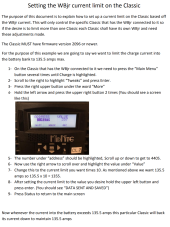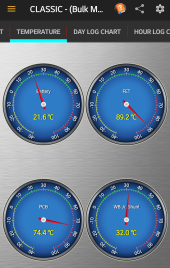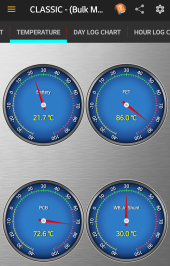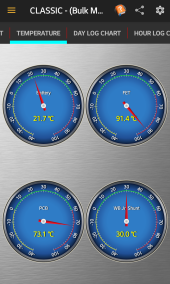The "special edition" Classic 250s lack arc fault and follow me capabilities. It would work fine in parallel with your 150, but they could not talk to each other. They also cannot talk to a Wiz bang jr.@SpongeboB Sinewave I also asked you about the Classic 250 above, but that post may have gotten lost in the White Paper post. Any ideas on the 250 (see above)
They were made for portable system for a company which went bankrupt. I purchased one directly from Mid nite a few years ago and it has been great.








